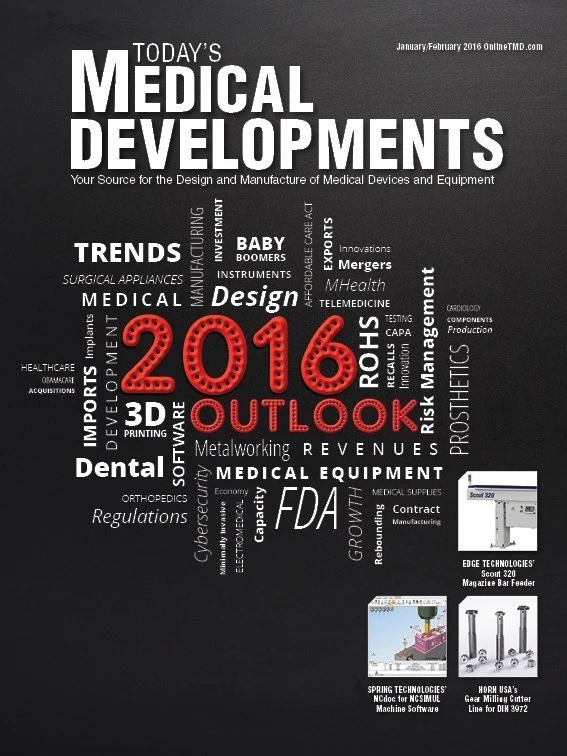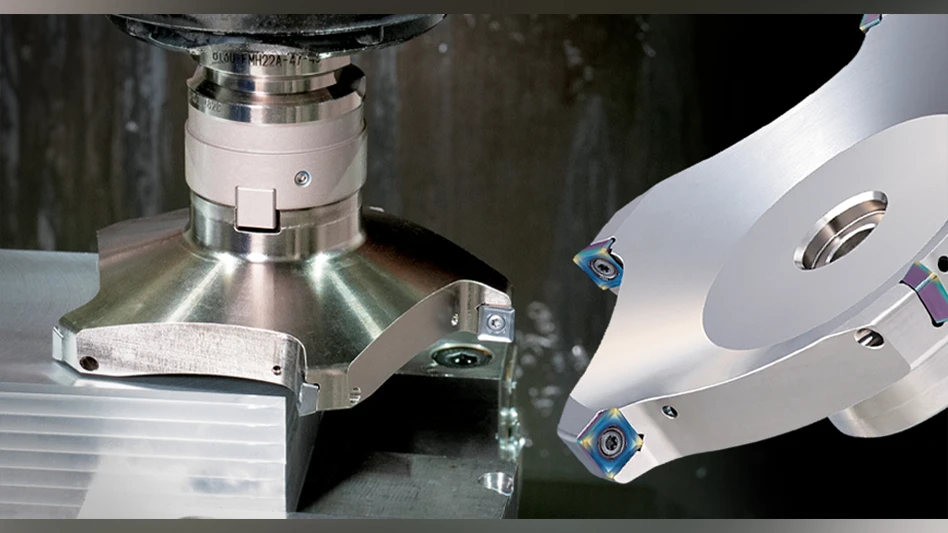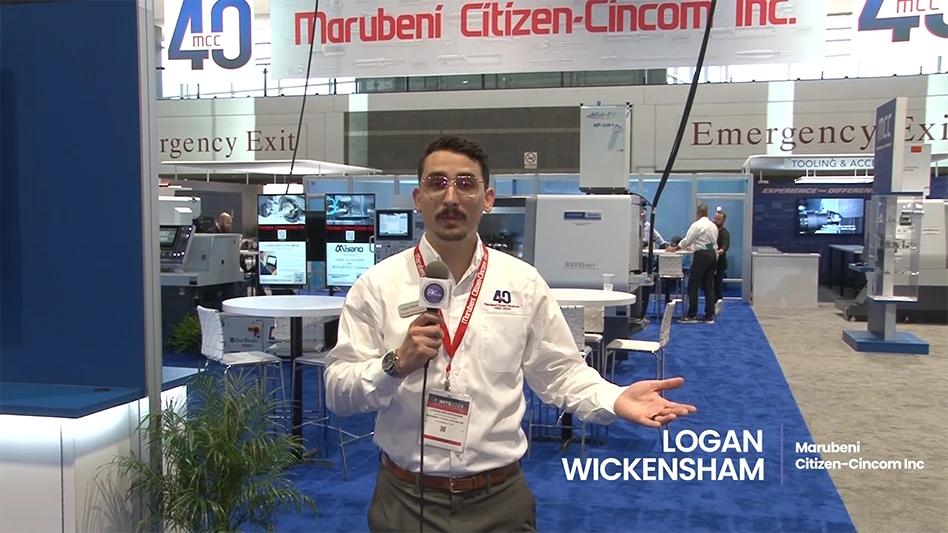3D printing is one of the hottest production trends and may quickly reshape how companies, consumers, innovators, and lawyers view manufacturing. One of the most exciting prospects and radical ways that 3D printing can affect the lives of individuals is through the healthcare and medical device industries. 3D printed medical devices are now a reality and will become more commonplace as manufacturers, hospitals, physicians, and even patients realize the benefits.
Possibly the next great chapter in the industrial revolution, the technology often moves more rapidly than the law, resulting in new challenges. Two legal issues that may plague 3D printed medical device manufacturers are regulations and intellectual property (IP).
Regulatory issues
One of the legal challenges with 3D-printed medical devices is how they will affect the U.S. Food and Drug Administration (FDA) regulatory framework. The FDA currently views 3D printing as a form of advanced manufacturing and thereby fits this technology in an existing framework. The FDA has already cleared [through its 510(k) process] approximately 85 medical devices manufactured through 3D-printing technology. However, manufacturing truly innovative medical devices through 3D printing will require FDA premarket approval (PMA). Steven K. Pollack, Ph.D., director of the FDA’s Office of Science and Engineering Laboratories, says the FDA is “still waiting for devices that we haven’t been able to make before, and that’s when we’re going to see the PMAs.”
Although the FDA is currently reviewing applications utilizing 3D printing technology, it is also developing an understanding of the technology through its own research. For industries with products regulated by the FDA, 3D printing offers immense potential. However, many unanswered regulatory issues need to be addressed as the technology evolves and innovative products come to market.
One question is how the FDA intends to approach non-traditional device manufacturers. Under the existing FDA regulatory framework, a manufacturer is defined broadly to include “any person who designs, manufactures, fabricates, assembles, or processes a finished device.” With 3D printers becoming increasingly accessible, a person (or entity) with a 3D printer does not need the financial capital, infrastructure, or resources historically associated with traditional manufacturing operations. As a result, the FDA may begin to see non-traditional entities, including healthcare providers and suppliers (or any person who owns a 3D printer and the design file of a device), becoming medical device “manufacturers.”
If manufacturing occurs in a non-traditional manufacturing site, such as a hospital, clinic, or academic center that is not under control of the device sponsor [e.g., 510(k) or PMA owner], how will or should the FDA regulate that site? Should the site be subject to all of FDA’s Quality System Regulation/Good Manufacturing Practices (QS/GMP) requirements and standards related to facilities, controls for purchasing, manufacturing, packaging, labeling, storing, and installing medical devices? Will the FDA take enforcement action because a 3D-printed medical device is technically adulterated when it is not manufactured under QS-compliant conditions?
3D printing technology may cause a surge of demand-based manufacturing at healthcare facilities and practitioner offices as these facilities obtain their own 3D printers. But for this to occur, the healthcare industry needs guidance from the FDA about how the agency’s system for oversight and regulation of medical device manufacturing, processing, and distribution applies. The FDA has been working with many stakeholders to develop a policy for regulating the commercial use of products developed with additive manufacturing processes. As the FDA begins to address the questions and establish a framework for regulating 3D printing, it is important that companies and users are aware of these issues so they can be on the forefront of emerging 3D technologies and the legal issues that may be on the horizon.
Intellectual property
For companies investing in 3D-printed medical devices, protecting device designs and other intellectual property is a key issue. While companies have a number of options available to them from copyrights, patents, and trade secret laws, other legal options worth considering include licensing provisions and anti-counterfeiting protocols.
The legal issues associated with protecting IP rights in a 3D printing world are largely the same ones faced in dealing with other threats to those rights. The differences will come from the increasing ease with which IP-protected products may be copied and the corresponding difficulty that IP owners may have in identifying and stopping infringers.
Medical device manufacturers should also consider the benefits of 3D printing, not just its risks.
Device manufacturers can take steps to protect their IP position against this coming reality. An anti-counterfeiting protocol, including proprietary product markings (some known only to the manufacturer) to distinguish genuine products and counterfeits, can help manufacturers more readily spot unauthorized 3D-printed goods. Seizure proceedings and actions before the International Trade Commission (ITC) to enjoin the importation of counterfeit goods may keep infringing goods out of the marketplace even when enforcement against individual users, printers, and/or distributors of 3D-printed goods might be difficult. A protocol for policing websites that allow sharing of design files, and the prompt take down of copies of a manufacturer’s design files, may also be a useful tool. A preemptive IP protection strategy, which evaluates whether to seek patent protection not just for a medical device as a whole, but also for its component parts and methods of use and possible opportunities for trademark and/or trade dress protection, may help manufacturers develop a portfolio of IP rights suited to encroachment from 3D printing.
Medical device manufacturers should also consider the benefits of 3D printing, not just its risks. A licensing program that allows healthcare providers and patients to 3D print replacement parts for their medical devices, for example, or to print products that are relatively simple to make and frequently used, could be a source of both revenue and customer goodwill.
Commentators are already debating what changes, if any, should be made to existing IP laws to address the growing 3D-printing industry. Pending changes, manufacturers still have a number of options available under current law to both protect against unauthorized 3D printing of their devices and take advantage of the opportunities that 3D printing may offer.
As the technology develops further and 3D printers become ever more accessible, it will undoubtedly present numerous technological, regulatory, and legal complications. Understanding these legal issues is the first step in ensuring that 3D printing becomes the next great technology and not a legal pitfall.
About the author: Matthew Jacobson is an associate in the Reed Smith Life Sciences Health Industry Group, practicing primarily in product liability litigation for medical device companies. Jacobson can be reached at 202.414.9292 or mjacobson@reedsmith.com.
Reed Smith LLP

Explore the January February 2016 Issue
Check out more from this issue and find your next story to read.
Latest from Today's Medical Developments
- Kenton County Honors Mazak Corporation’s 50th Anniversary
- Optimize your manufacturing applications with the right metrology tools
- US Department of Labor Recognizes UNITED GRINDING North America as Apprenticeship Ambassador
- Navigating today’s supply chain
- Fed’s soft landing may ignite manufacturing technology market growth
- Platinum Tooling named North American distributor for Dunner
- Bridging the Skills Gap: A Solution for Today’s Labor Shortage
- Machine Solutions acquires Alpine Laser LLC





